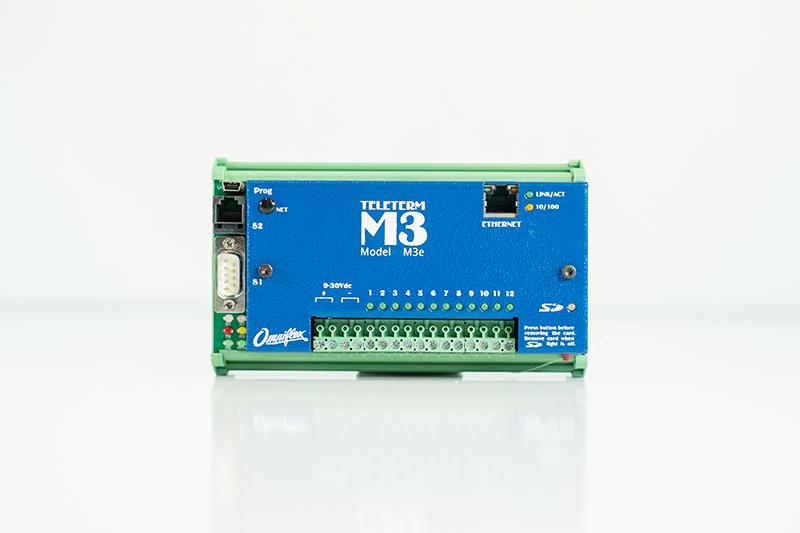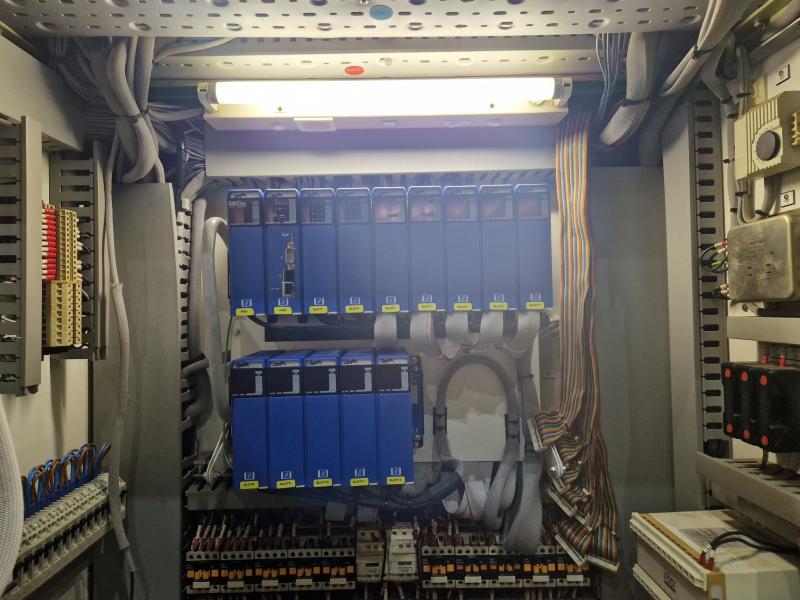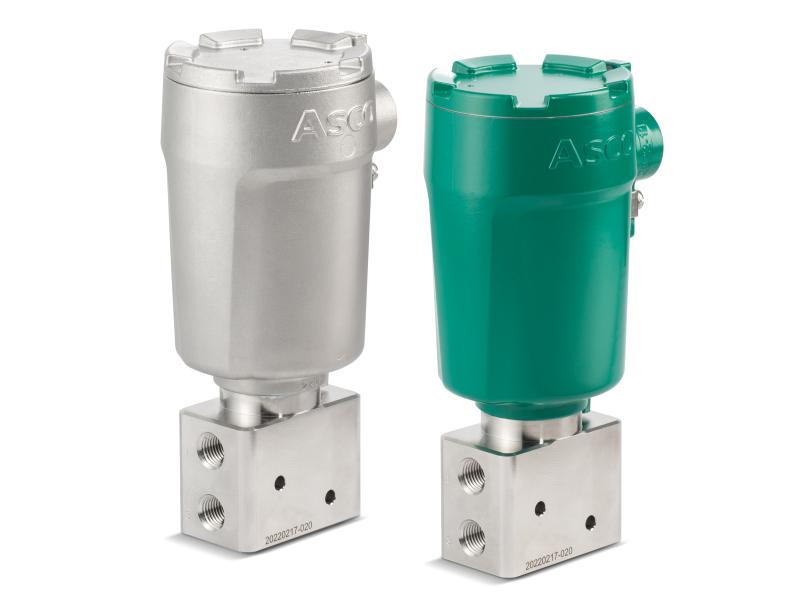Wireless remote monitoring technology provides the most convenient and cost-effective method for plant and asset managers to monitor and manage all important system data across their sites, particularly over large areas. However, wireless system performance is often limited by the power availability and many site managers are unsure how to select a system that runs efficiently with limited power supply and still transmits all key data. Here Ian Loudon, international sales manager at wireless telemetry specialist Omniflex, explores the key power supply considerations for wireless systems and how to select the right system for the job.
Wireless telemetry systems are essential for monitoring and control applications in various key industrial sectors, including mining, utilities, petrochemical, nuclear and oil and gas. In many of these applications, laying cables for a traditional wired network is not feasible because of strict regulations and planning permissions required. Furthermore, the cost of cabling can often be prohibitive.
Therefore, in many cases, wireless telemetry systems represent the only way to retrieve and manage critical data from the field safely and efficiently.
Power considerations
Generally, the further you want to send your data, the more power you need to do it. For license-free radio, which operates at 868 MHz in the UK and South Africa and 900 MHz in Australia, installations generally need to be under 500 mW. However, license band radio systems, which are more expensive to operate due to ongoing licensing costs, operate effectively at up to 25 W. Therefore, high power installations are better suited to using license band radio.
Power can impact system availability and, therefore, is normally a high priority in terms of systems specification. Often, wireless systems are deployed in remote areas without access to mains power, so alternative supplies must be explored. This adds another layer of complexity for site managers unsure of what they need to get systems up and running.
In the age of Industry 4.0 and the widespread deployment of remote installations, it is often assumed that battery-powered systems will more than suffice as many modern battery systems can stay up and running for five years or more. However, this can get costly in terms of battery replacements if implemented on a site with 100 units or more. In fact, many applications often use in excess of 1,000 wireless units across a large area.
Replacing 1,000 industrial batteries in one go would represent a significant outlay, so it is important that site managers relying on battery-powered systems plan ahead and devise a maintenance plan to replace them on time, before the system degrades.
Using solar-powered units generally allows site managers to side step the issue of costly battery replacements, improving cost efficiency and lessening maintenance requirements. However, these units are only effective in areas with sufficient sunlight to keep the unit powered up and operational.
This is why it is important to engage a reliable wireless partner who can assess the system requirements and operational restrictions, recommending the most suitable and cost-effective system for the job.
A knowledgeable wireless partner
Omniflex’s wireless telemetry modules allow users to configure inputs as either analogue or digital inputs and outputs depending on the application requirements. Engineers can integrate them with SCADA systems to achieve secure wireless links on different license-free bands. The modules also offer various power options, such as mains or DC powered, with battery backup or solar powered, so no matter where in the plant needs monitoring wirelessly, the modules can be deployed to perform the job.
Omniflex’s Teleterm M3 module is a mains-powered RTU, featuring an on-board 100Mb Ethernet and RS232/485 ports, enabling communications with a variety of devices using most network options, including GSM, radio, ethernet, Modbus, 3G, satellite and Conet. Furthermore, it comes equipped with twelve digital or analogue configurable I/O, which enables full environmental monitoring covering parameters like temperature, pressure, humidity and water levels etc. It is also fitted with an onboard SD card for data logging, which is ideal for data auditing purposes, especially for post-event analysis.
The Teleterm D3 comes with built-in lithium batteries, so provides battery back-up in the event of mains power failure. It has eight digital or analogue configurable I/O and can communicate using Ethernet, Modbus, radio, satellite and 3G options. It also has a built-in LCD display, allowing you to view data locally.
The Teleterm S3 is solar powered, making it well-suited for remote area applications where power is an issue and you want to collect data and send it back to a central control station. The S3 comes equipped with five digital or analogue configurable I/O and can communicate using Modbus RS232/485, radio, satellite and 3G options. While it has less available I/O than the M3 or D3, this is normally more than enough as these units will often be connected to a single sensor, meaning only one I/O is actually required. Having less I/O available makes the unit more power efficient, which is important for a solar-powered installation.
All three of the Teleterm units feature full IEC61131 programming as an option allowing local control functions or remote control via any of the communications ports.
To find out more about Omniflex’s wireless telemetry offering, visit the company’s website and download its wireless industry overview for free.
www: www.omniflex.com






